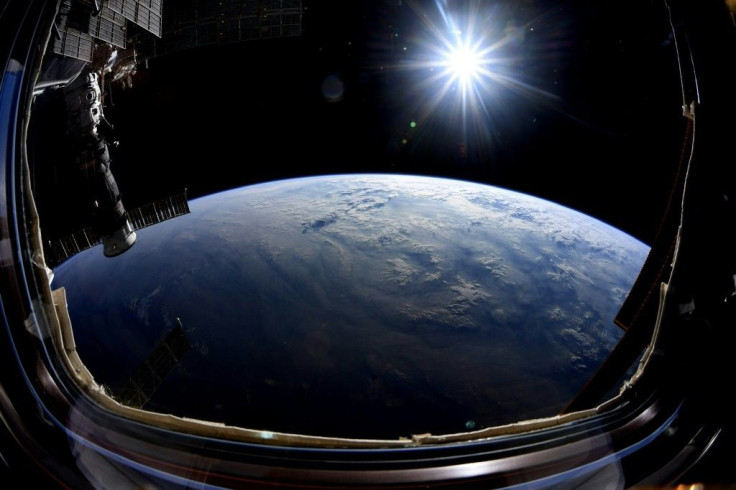Astronaut Shares 'Most Stunning' Aurora Photos From Space
KEY POINTS
- ESA's Samantha Cristoforetti posted the photos on Twitter
- The photos clearly show the aurora australis' vivid colors and swirls
- Aurora australis is the southern counterpart of the aurora borealis
An astronaut aboard the International Space Station (ISS) shared incredible photos of the "most stunning" auroras she has experienced.
The European Space Agency's (ESA) Samantha Cristoforetti posted the photos on Twitter this week. In the images, one can see just how stunning the vivid colors and swirls of the aurora australis are.
"The Sun has been really active lately," Cristoforetti wrote in the caption. "Last week we saw the most stunning auroras I have ever experienced in over 300 days in space!"
The Sun has been really active lately. Last week we saw the most stunning auroras I have ever experienced in over 300 days in space! #auroraaustralis #MissionMinerva pic.twitter.com/r9hzZSoMNp
— Samantha Cristoforetti (@AstroSamantha) August 21, 2022
The aurora australis, also called the southern lights, is essentially the southern counterpart of the aurora borealis that many know, according to Britannica. Instead of appearing in the Northern Hemisphere, the aurora australis appears in the Southern Hemisphere, with the best views said to be from the "most southern" areas such as Tasmania, New Zealand and Antarctica, Smithsonian Magazine noted.
But while they provide the stunning light show in different parts of the world, the mechanisms behind them are the same. Auroras appear in the atmosphere when the high-energy particles from the Sun hit the Earth's magnetic field and travel down its magnetic field lines to the North and South poles.
The light show comes from the interaction of the Sun's particles with the gases in our atmosphere, and its characteristic colors depend on the gases that the solar particles collide with.
"Collisions of solar particles with oxygen produce red or green light; collisions with nitrogen produce green and purple light," Britannica explained.
As Cristoforetti said, the Sun has been rather active of late. This may be because we are slowly approaching the solar maximum of Solar Cycle 25. In the Sun's 11-year cycle, the solar maximum is the part where there is "peak sunspot activity."
For solar cycle 25, this is expected to happen sometime in 2025. And while the current cycle was initially predicted to be "fairly weak," it has already been "exceeding prediction," Nicola Fox, director of NASA's Heliophysics Division, said in a blog entry in July.
As for Cristoforetti, who is currently on the ESA's Minerva mission aboard the ISS, she has also broken new ground by becoming the first astronaut to communicate on Tiktok. She has so far gained over 570,000 followers.

© Copyright IBTimes 2025. All rights reserved.






















